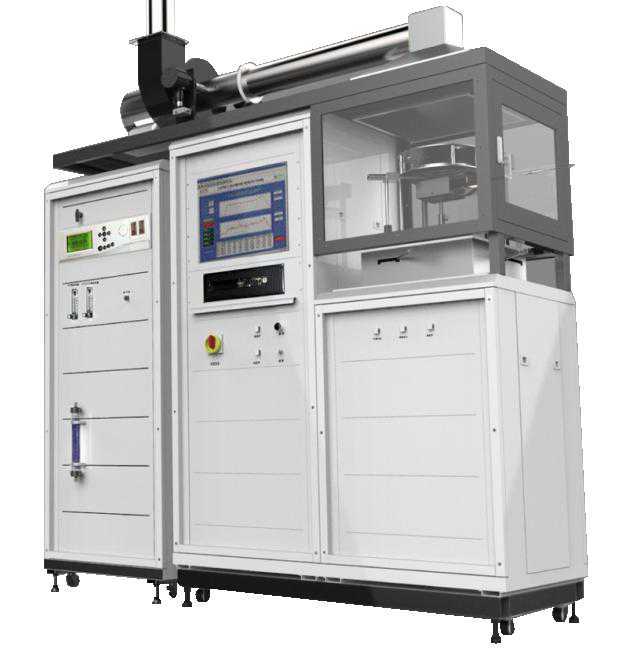What is the principle of the cone calorimeter?

The Cone Calorimeter is mainly used in the engineering field to test fire protection materials.
The cone calorimeter is a fire test tool based on the direct correlation between the heat released during combustion and the oxygen consumption during combustion. The amount of heat produced is directly related to the severity of the fire, such as the rate of fire growth. In order to obtain the flammability of the material it is exposed to an external radiant heat source. Therefore, since this is a forced fire test, the cone value is generally considered to reflect the secondary ignition flammability.

The figure below is a schematic diagram of a cone. A sample is placed in a "cone" shaped radiant heater. Typically, samples are exposed to an external magnetic flux formed by a heater of 35 kW/m². However, for more refractory heaters are often increased to 50 kW/m². Once sufficient pyrolysis products are produced, ignition occurs. Combustion products pass through a conical heater and through an instrument exhaust pipe. Measured/calculated values that are usually important include, but are not limited to, time to ignition, rate of mass loss during combustion, maximum time and maximum amount of heat released during combustion, total released during testing heat.
The above are some detailed explanations about Cone Calorimeter, if you want to know more about it, please leave us a message!
2022-02-25 09:47

